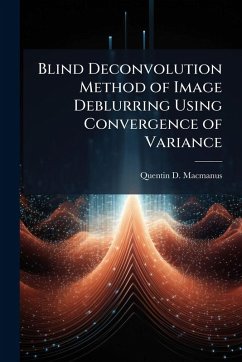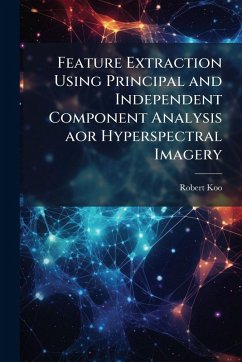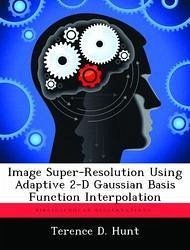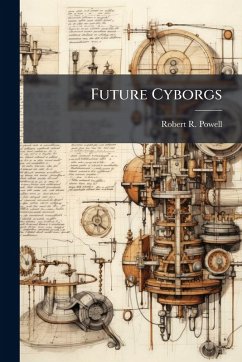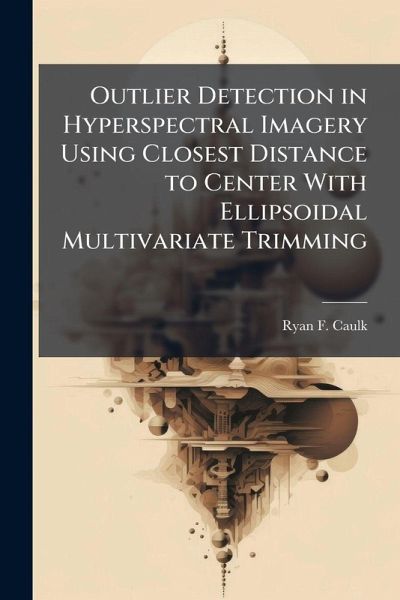
Outlier Detection in Hyperspectral Imagery Using Closest Distance to Center With Ellipsoidal Multivariate Trimming

PAYBACK Punkte
9 °P sammeln!
Many multivariate techniques are available to find outliers in a hyperspectral image. Among the algorithms one may utilize is a global anomaly detector called Ellipsoidal Multivariate Trimming (MVT). In this paper we tested the efficacy of using the Closest Distance to Center (CDC) algorithm in conjunction with MVT to find outliers among a hyperspectral image. Since MVT is a global anomaly detector the images were first clustered using a variety of techniques. Among the hyperspectral images used for evaluation in this study, only one of the images contained more than 5% outliers in any given c...
Many multivariate techniques are available to find outliers in a hyperspectral image. Among the algorithms one may utilize is a global anomaly detector called Ellipsoidal Multivariate Trimming (MVT). In this paper we tested the efficacy of using the Closest Distance to Center (CDC) algorithm in conjunction with MVT to find outliers among a hyperspectral image. Since MVT is a global anomaly detector the images were first clustered using a variety of techniques. Among the hyperspectral images used for evaluation in this study, only one of the images contained more than 5% outliers in any given cluster set. Based upon the assumption that this is normally the case for most images, the standard use of 50% retention within MVT does not perform as well as using a higher value such as 95% for retention in MVT. This use of a higher number of observations for the estimate of the mean and covariance is shown to decrease the effect of swamping seen when using 50% retention. Furthermore, the use of CDC to initialize the MVT iteration process did not have any effect on outlier determination, but did increase the time to compute significantly. This work has been selected by scholars as being culturally important, and is part of the knowledge base of civilization as we know it. This work was reproduced from the original artifact, and remains as true to the original work as possible. Therefore, you will see the original copyright references, library stamps (as most of these works have been housed in our most important libraries around the world), and other notations in the work. This work is in the public domain in the United States of America, and possibly other nations. Within the United States, you may freely copy and distribute this work, as no entity (individual or corporate) has a copyright on the body of the work. As a reproduction of a historical artifact, this work may contain missing or blurred pages, poor pictures, errant marks, etc. Scholars believe, and we concur, that this work is important enough to be preserved, reproduced, and made generally available to the public. We appreciate your support of the preservation process, and thank you for being an important part of keeping this knowledge alive and relevant.



